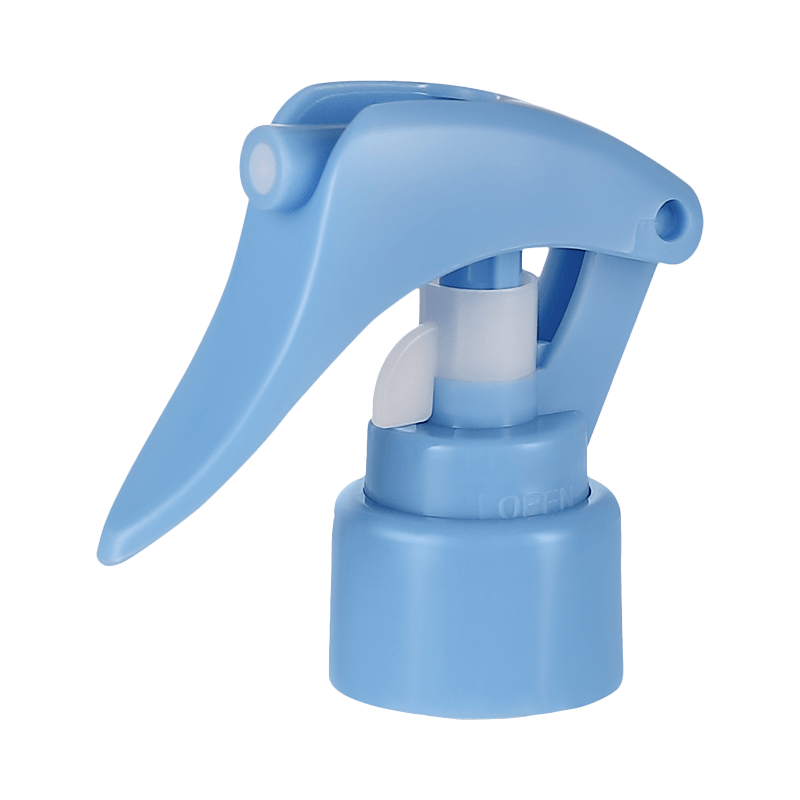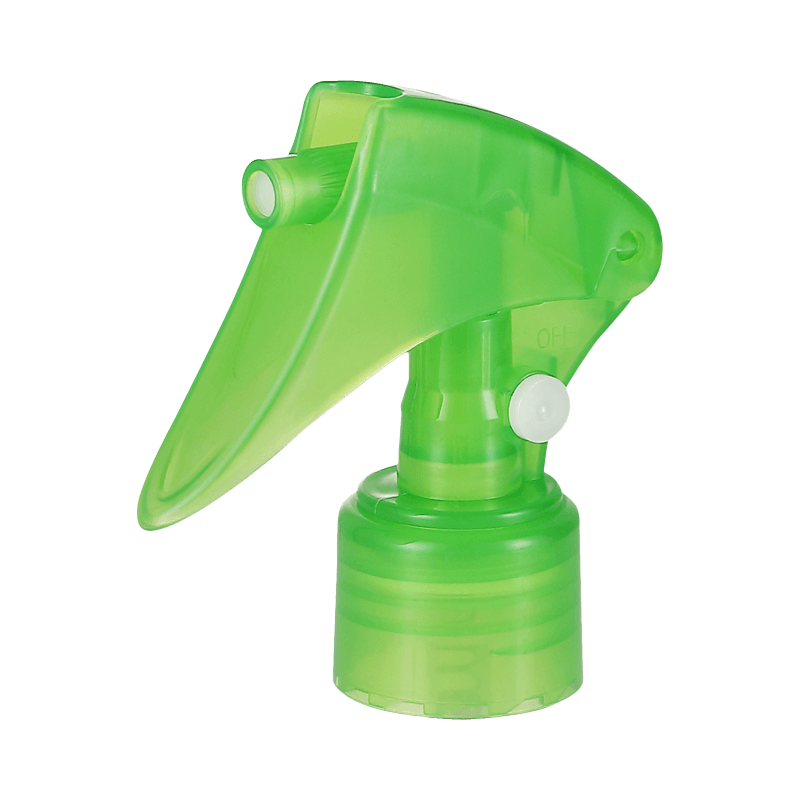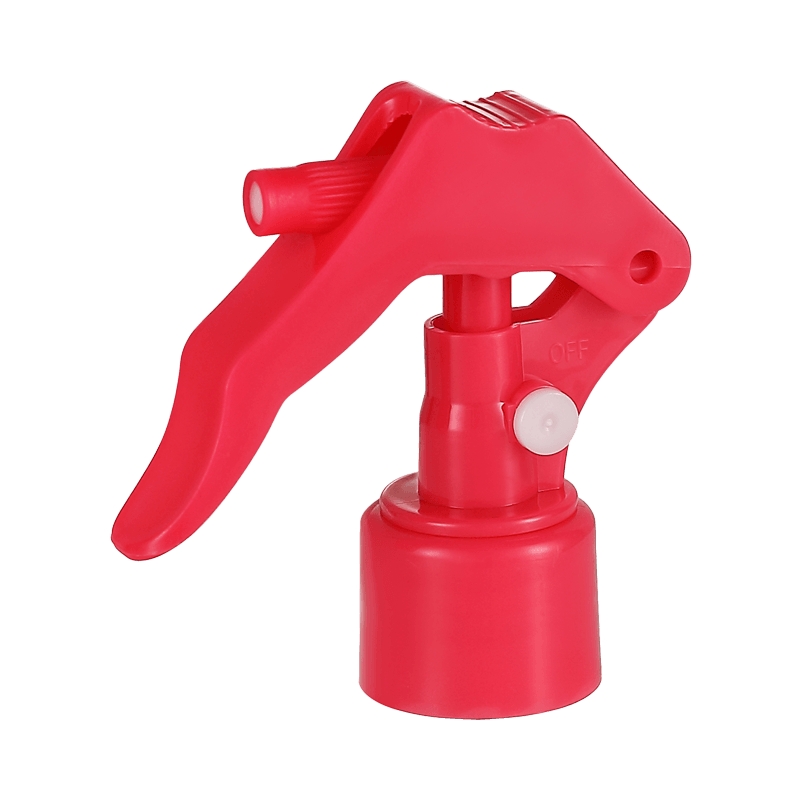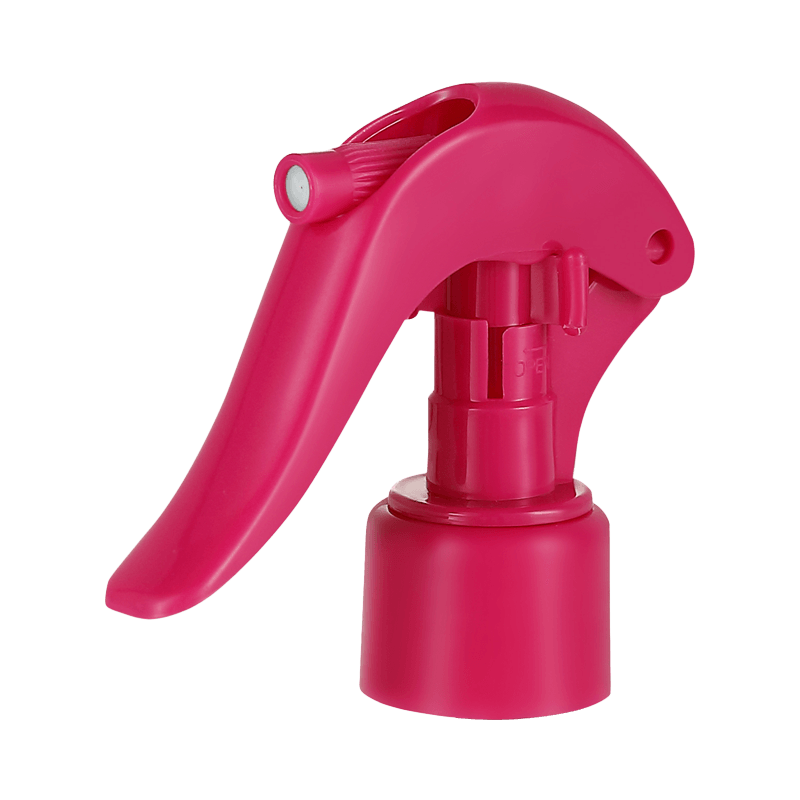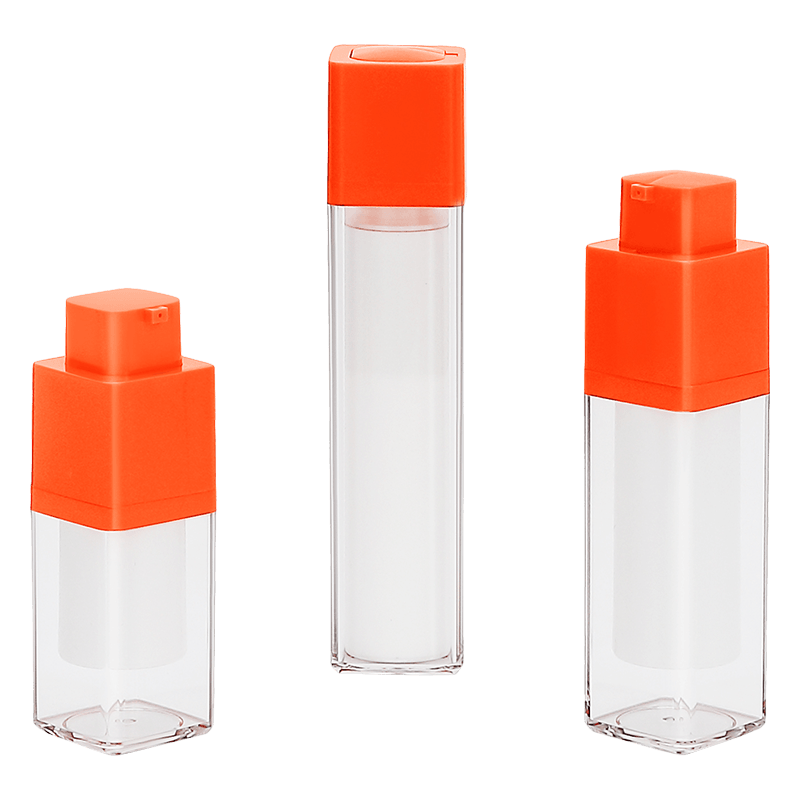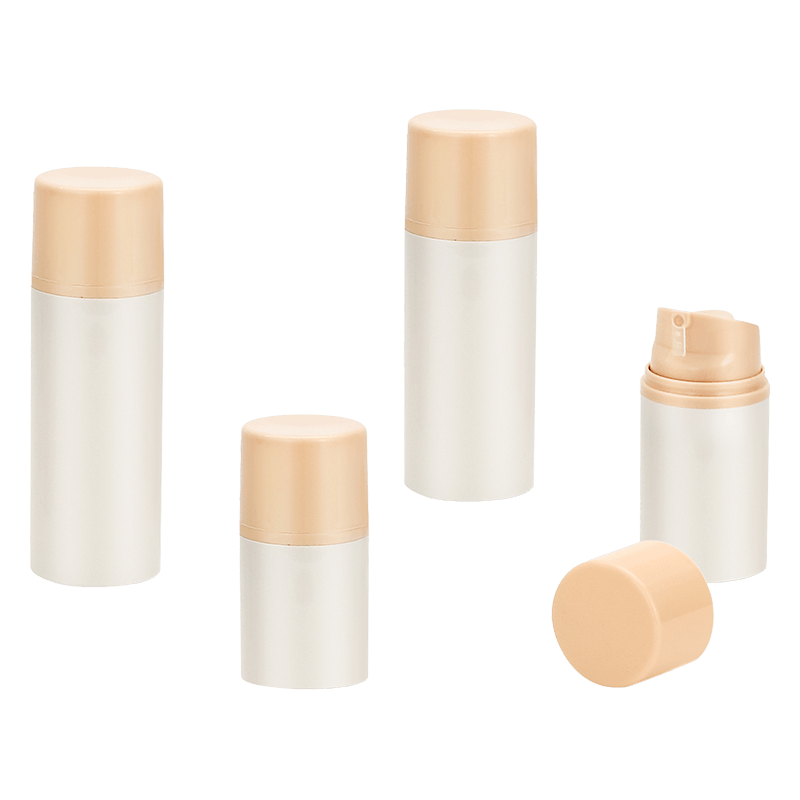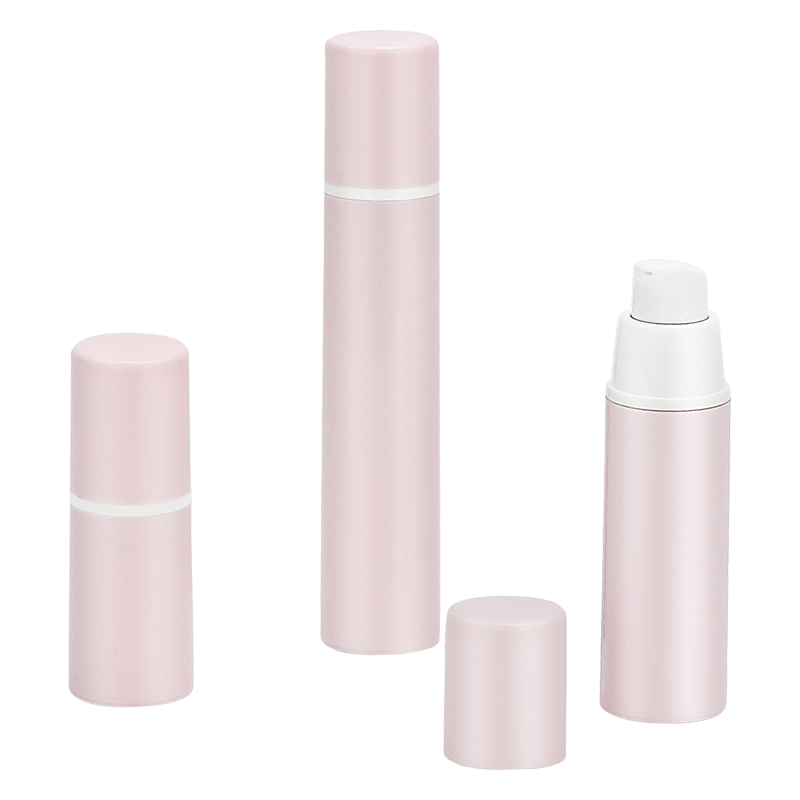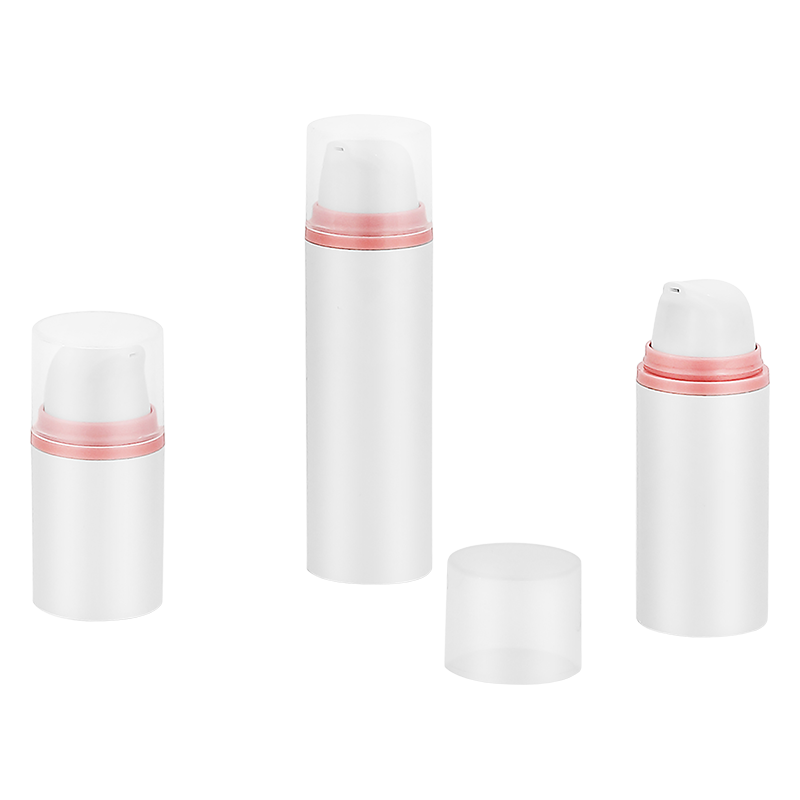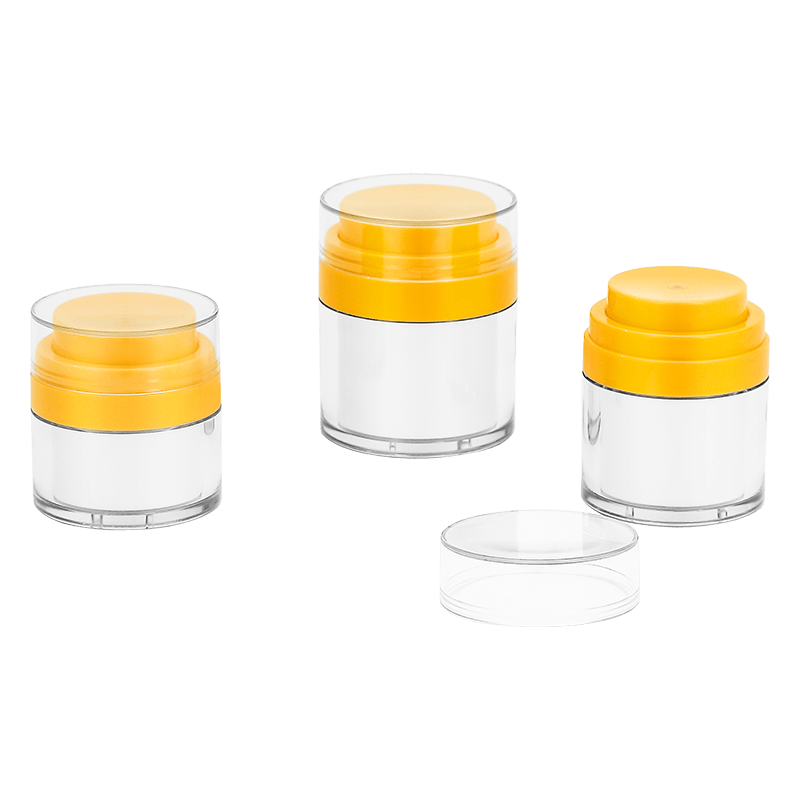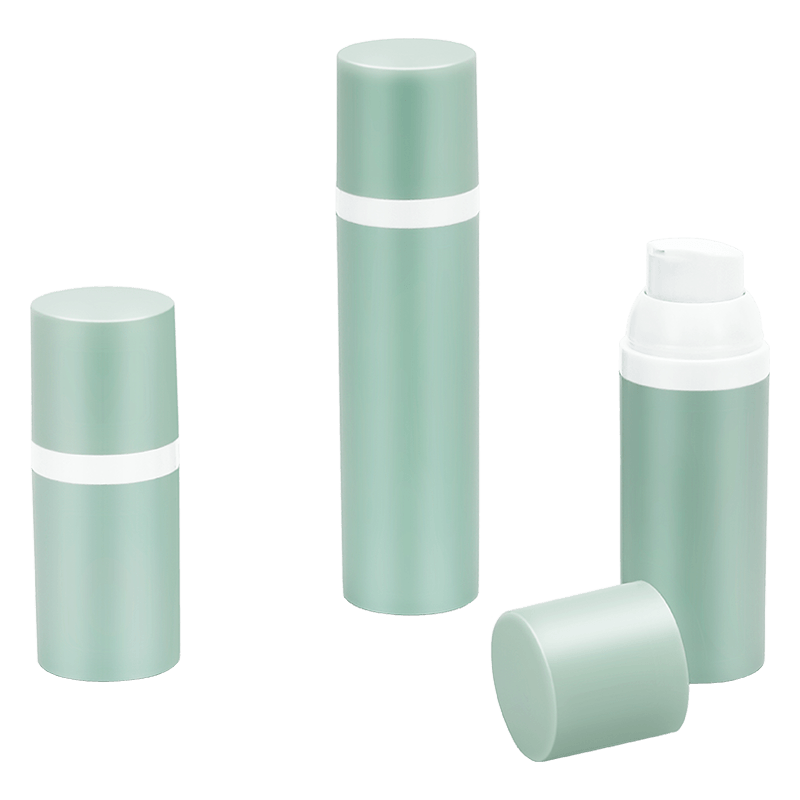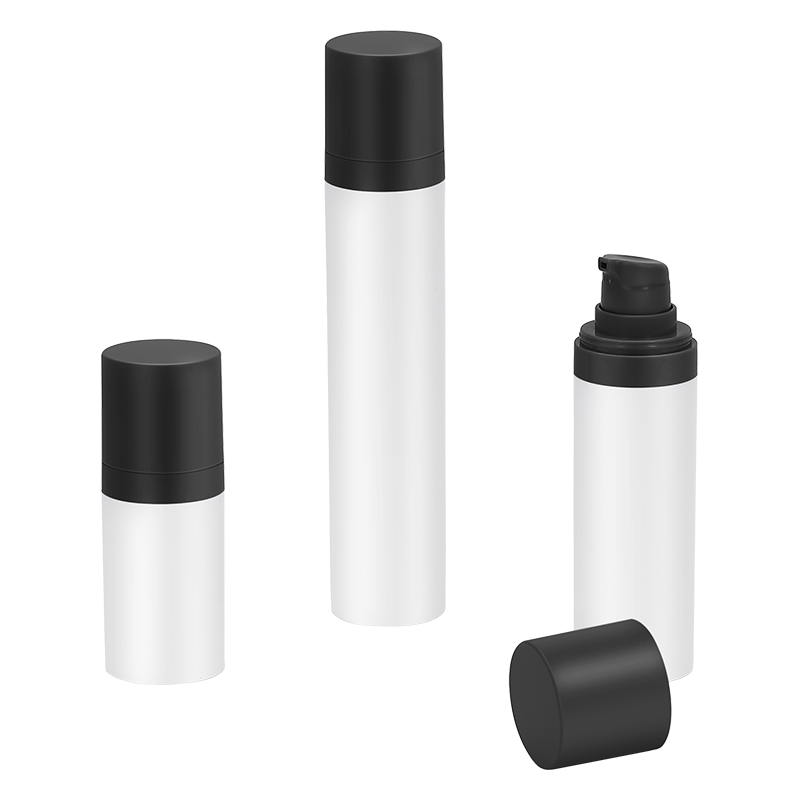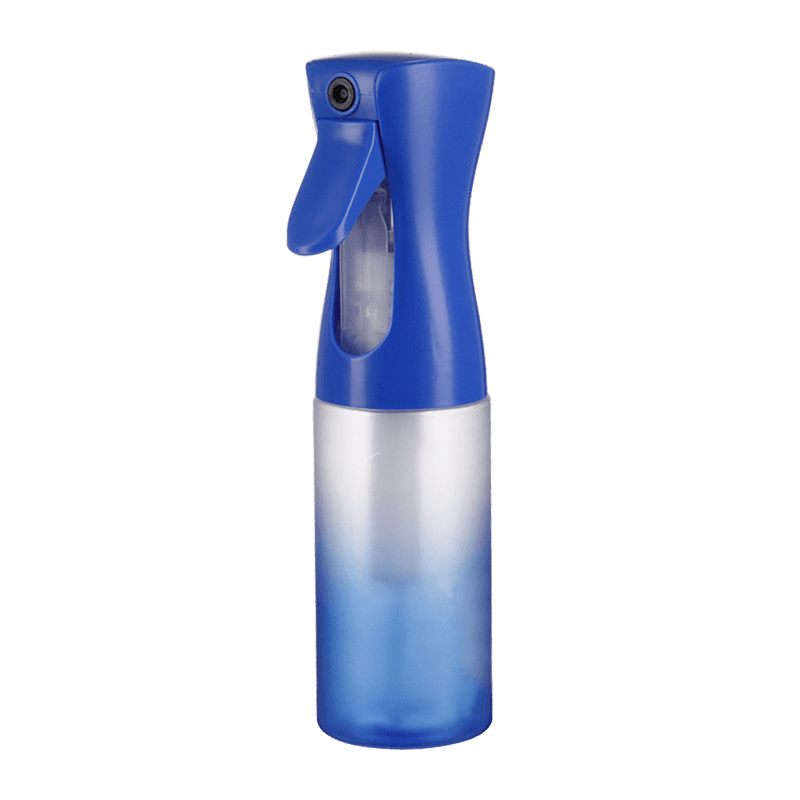Mini Trigger Sprayers are widely used in many fields such as household cleaning, gardening, cosmetics and industry due to their convenience and versatility. Although the use of sprayers is relatively simple, how to properly store them after use is an often overlooked but crucial link. Proper storage methods can not only extend the life of the sprayer, but also ensure that it maintains optimal performance when it is used next time.
Before storing the mini sprayer, always make sure that it is thoroughly cleaned inside and outside. During use, various liquids may remain on the sprayer, including detergents, fertilizers and perfumes. If these liquids dry inside the sprayer, it may cause the nozzle to clog or produce odors. Therefore, it is recommended to thoroughly clean the sprayer before storage to ensure that there is no residue. After cleaning, the sprayer should be placed in a well-ventilated environment to dry to prevent mold growth.
For the storage environment of the mini sprayer, it is important to avoid high temperatures and direct sunlight. Sprayers are usually made of plastic or metal. Long-term exposure to high temperatures or direct sunlight may cause the material to age, deform or fade. Therefore, it is wise to choose a cool, dry place for storage, and avoid placing it near a window, in a car, or in other areas that are easily exposed to heat. The ideal storage environment should be kept within the room temperature range, avoiding temperatures that are too high or too low, to maintain the performance and appearance of the sprayer.
A humid environment also has a negative impact on the storage of mini sprayers. Humidity not only damages the material of the sprayer, but can also lead to the growth of bacteria and mold. Therefore, the area where the sprayer is stored should be kept dry and avoid being close to water sources, such as humid areas such as toilets and kitchens. If the sprayer must be stored in a humid environment, it is recommended to use a sealed bag or other moisture-proof measures to effectively protect the sprayer from moisture.
When choosing a storage location, make sure it is stable and not easy to tip over. Avoid placing the sprayer in places where it is easy to slip or collide, such as on the edge or high. Consider using a dedicated storage rack, drawer, or box to place the sprayer in a fixed position to prevent accidental damage. At the same time, avoid stacking with heavy objects when storing it to avoid deformation or damage to the sprayer.
In addition, it is necessary to check the status of the sprayer regularly even when it is not in use. The sprayer should be checked regularly for cracks, deformation, rust, etc. to ensure that it is in good working condition. If any damage or abnormality is found, it is recommended to replace or repair it in time to avoid problems the next time it is used. Regular inspections can also help users understand the use of the sprayer and detect potential problems in time, thereby extending its service life.

 中文简体
中文简体 English
English русский
русский